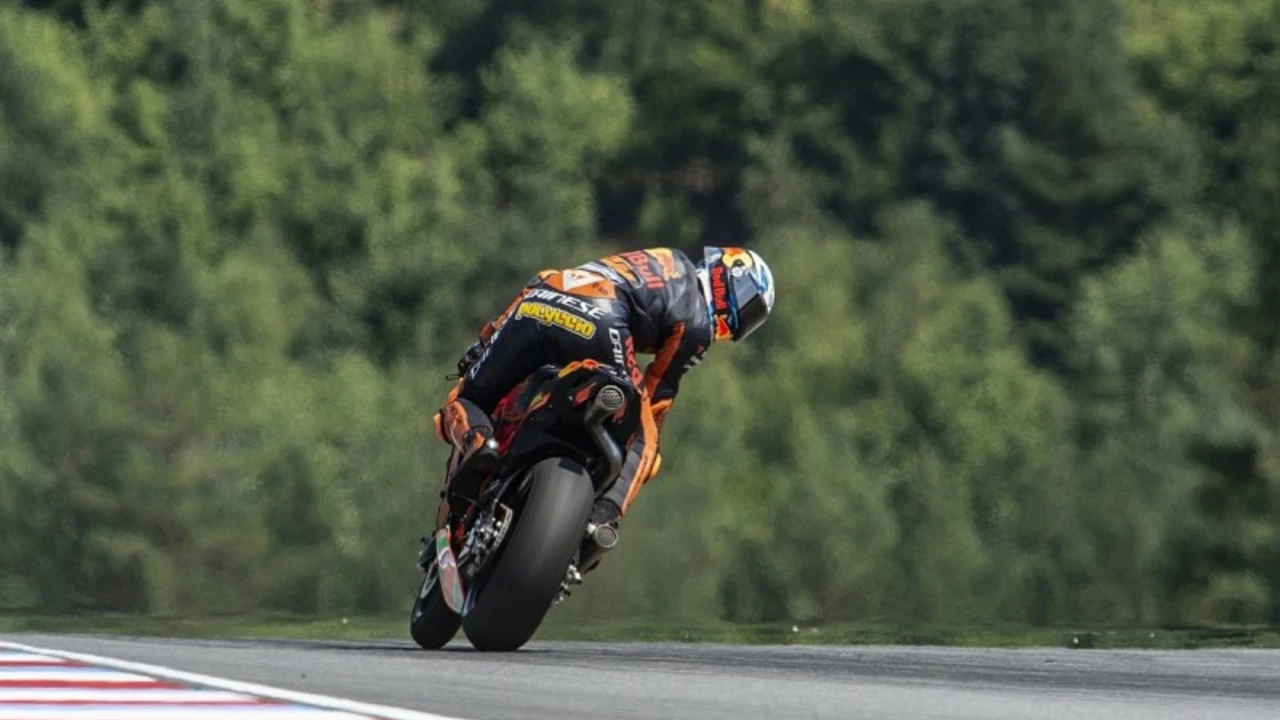It's a common misconception that MotoGP riders don't turn their handles. In reality, they do, but in a very nuanced way. Compared to regular motorcyclists, MotoGP riders often use a technique called counter-steering, where they push the handlebar in the opposite direction to the turn. This technique, combined with body positioning and lean angle, allows them to take corners at high speeds. It's a fascinating blend of physics, skill, and intuition that sets these professional riders apart.
Mastering Handle Turning for Better Motorsport Performance
If you love motorsports, you know that the way you turn the handle—whether it’s a steering wheel or a bike handlebar—can make or break a lap. Good handle turning lets you clip corners faster, stay stable, and keep the car or bike on the‑edge of its grip. Below are straightforward tips you can start using today, no fancy jargon needed.
Why Handle Turning Matters
Every race car, sprint car, or MotoGP bike relies on precise steering input. When you slide the handle too early, the tyre loses traction and you waste time. Too late, and you end up fighting the rear‑end or missing the racing line. The sweet spot is a smooth, progressive turn that lets the tyres stay glued to the asphalt while you steer the vehicle onto the optimal line.
Three Simple Techniques to Improve Your Turn
1. The “push‑pull” method. Hold the handle at the 9 and 3 o’clock positions. As you enter a corner, push the inside hand forward and pull the outside hand back. This keeps both arms active, reduces wrist twist, and gives you better feedback on grip.
2. Look where you want to go. Your eyes lead your hands. Focus on the exit point of the corner, not the apex. When you look ahead, your hands naturally follow the line, producing a smoother turn.
3. Practice the “early‑late” drill. On a quiet track, pick a medium‑speed corner. First, turn the handle a little early, then a little late, and compare lap times. You’ll feel the difference in balance and learn the exact moment when the car wants to turn.
These drills work for any vehicle—from a Formula‑style car to an off‑road rally buggy. The key is repetition. Spend 10‑15 minutes each session focusing only on steering input, and you’ll notice steadier lap times.
Another tip many pros use is to keep the steering wheel steady on the straight sections. A jittery wheel wastes energy and wears tyres faster. Keep your hands relaxed, let the car do the work, and only apply force when you need to change direction.
Remember, handle turning isn’t just about speed; it’s about consistency. A driver who can hit the same turning point lap after lap gives the team reliable data, which leads to better setup and faster overall performance.
Finally, don’t forget the bike side of things. For MotoGP‑style riding, the same push‑pull concept applies, but you also use body lean. Keep your inside knee low and your outside foot on the footpeg to aid the turn. The combination of body position and handle input creates a tighter line and more confidence in the corner.
In short, good handle turning comes from three habits: active hand placement, looking ahead, and drilling the timing. Work on these, and you’ll feel the difference the next time you hit the track.
